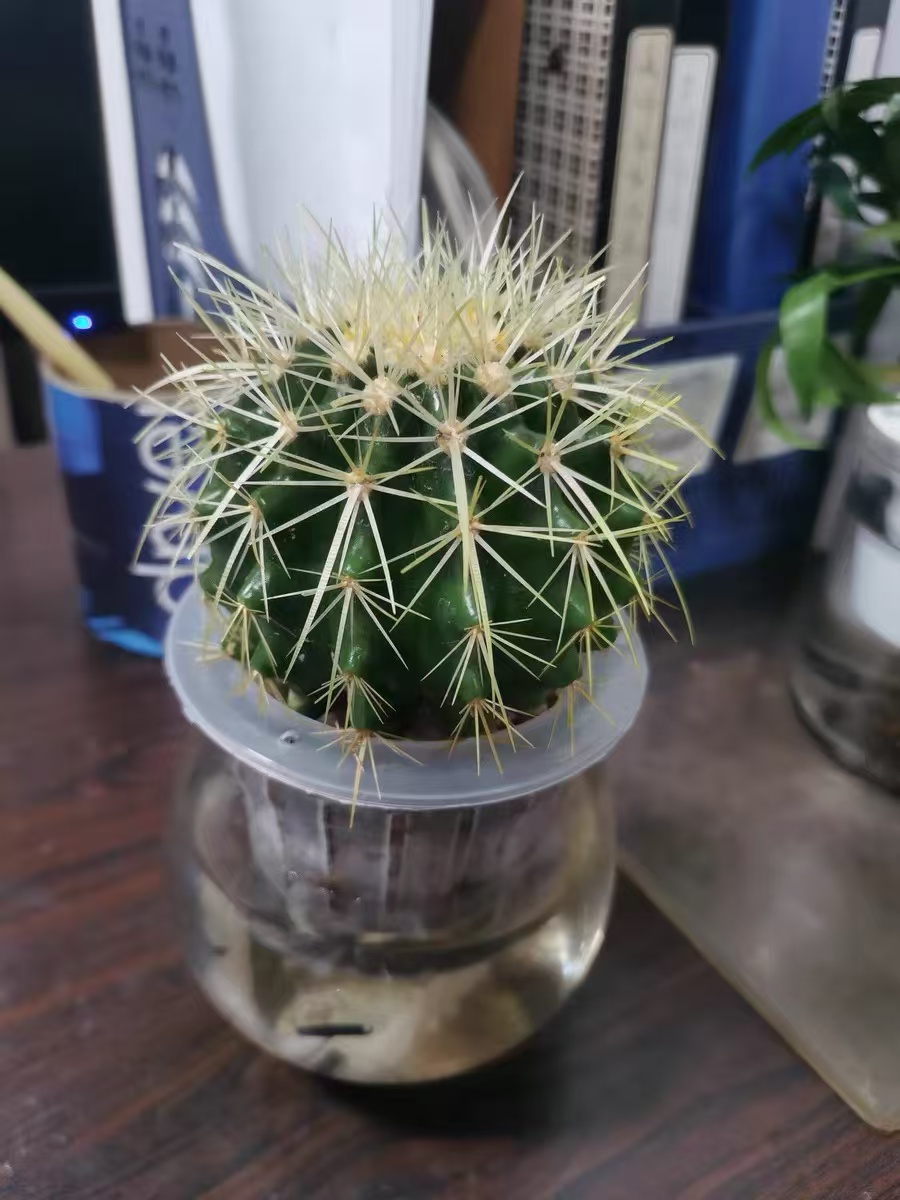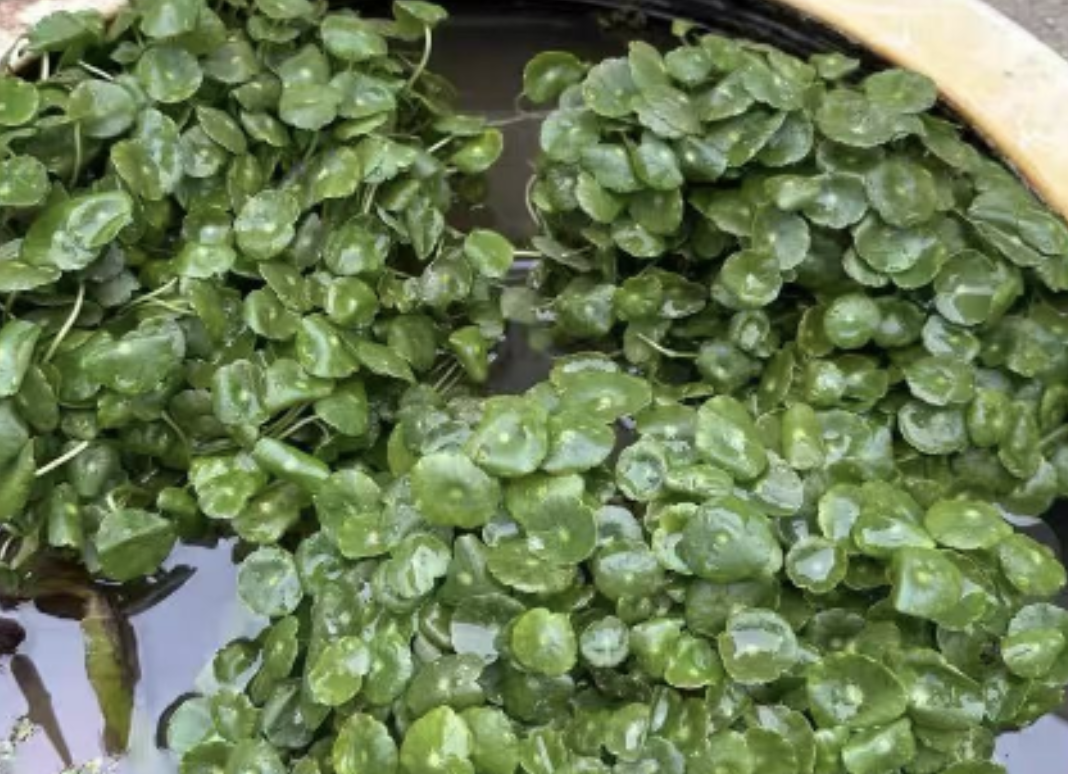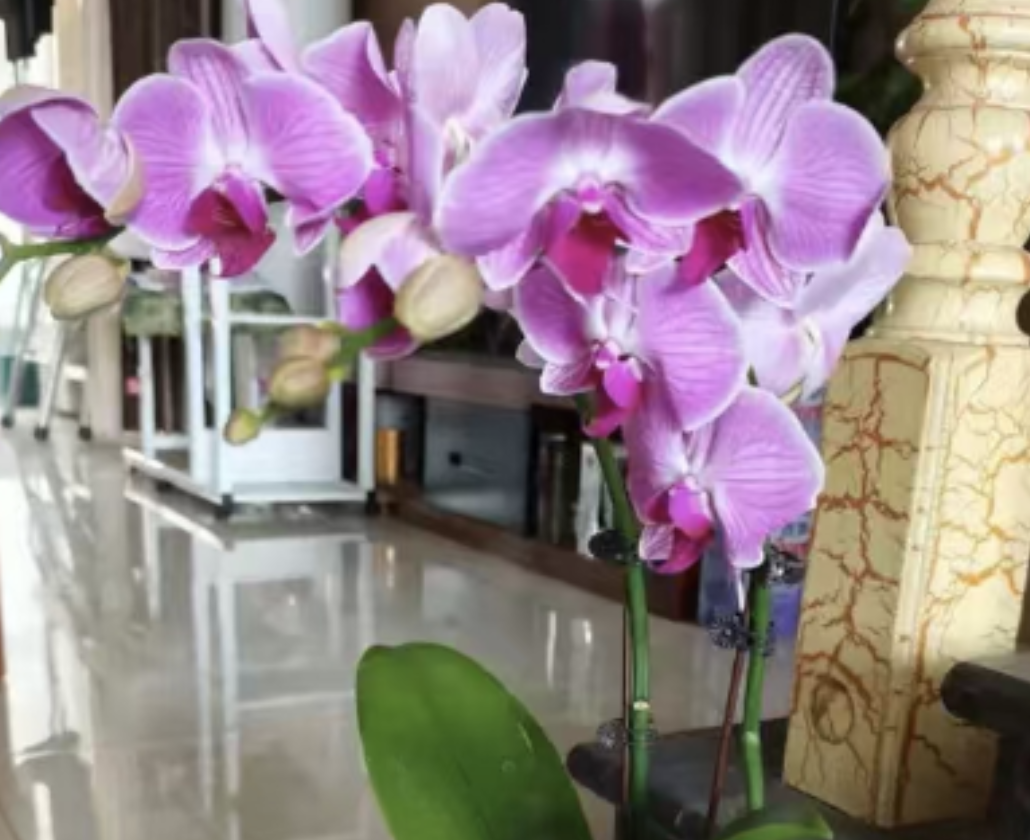Hydroponic cultivation of cacti is a simple and aesthetically pleasing way to care for indoor green plants. First, choose a healthy cactus, wash the soil off its roots, let it dry, and then place it in a transparent container. Make sure that the water level does not touch the body of the cactus to avoid rotting. Keep the water clean and change the water once a week. Provide an appropriate amount of diffused light and avoid direct sunlight that could burn it. Maintain the temperature between 15 - 25 °C, which is conducive to its growth. Hydroponic cacti grow relatively slowly and don't need to be fertilized frequently. A small amount of nutrient solution can be added monthly. Pay attention to observing the condition of the cactus body and deal with abnormal situations in a timely manner.
Hydroponic cacti, as a unique cultivation method, although have a certain ornamental value, in the actual operation process, many growers will encounter the problem of root rot of cacti. The main reasons are as follows:
Poor water quality: The key to hydroponic plants lies in water quality. If the water is not changed for a long time, a large number of bacteria, algae and other microorganisms will breed in the water, leading to the deterioration of water quality. These harmful substances will erode the roots of the cactus and cause root rot. Therefore, regularly replacing clean water is one of the key measures to prevent root rot.
Anoxic environment: When cacti grow in water, the root respiration will be affected. If there is insufficient dissolved oxygen in the water, the roots will gradually rot due to lack of oxygen. To improve this situation, an appropriate amount of oxygen can be added to the water or the water body can be stirred regularly to increase the dissolved oxygen content in the water.
Over-fertilization: Hydroponic plants usually don't need to be fertilized frequently because the nutrients in the water are already sufficient to meet their growth needs. If over-fertilized, especially when applying undiluted concentrated fertilizers, the salt concentration in the water will be too high, causing damage to the roots of the cactus and then triggering the root rot phenomenon. Therefore, when fertilizing, the principle of "applying thin fertilizers frequently" should be followed to avoid excessive fertilization.
High temperature: Cacti are native to tropical arid regions and like warm and dry environments. Under high temperature conditions, the reproduction speed of microorganisms in the water accelerates, easily leading to the deterioration of water quality. Meanwhile, too high a temperature will also cause the root respiration of the cactus to intensify, thus consuming more oxygen and nutrients and increasing the risk of root rot. Therefore, when taking care of hydroponic cacti, they should be placed in a well-ventilated and temperature-appropriate environment.
Hydroponic cacti can indeed be changed to soil cultivation for continued care in the later stage. However, the following points need to be noted during the conversion process:
Choose suitable soil: Cacti like loose, breathable and well-drained soil. When converting to soil cultivation, sandy loam rich in organic matter and with good air permeability or leaf mold should be chosen as the cultivation substrate. Meanwhile, in order to avoid the roots rotting due to overly wet soil, an appropriate amount of drainage materials such as perlite or vermiculite can be added to the soil.
Prune the roots: Before converting hydroponic cacti to soil cultivation, it is necessary to prune their roots. Cut off the rotten, aged or overly thin and weak roots cleanly, and only keep the healthy and thick roots. Let them dry for a while after pruning before planting to prevent the wounds from being infected by bacteria and causing root rot.
Gradually adapt to the environment: Since there is a big difference between the hydroponic and soil cultivation environments, during the conversion process, the cacti need to be gradually adapted to the new growth environment. They can be placed in a semi-shady and semi-sunny place for seedling hardening first, and then the light intensity and the number of watering times can be gradually increased after they adapt. At the same time, pay attention to maintaining good ventilation and avoiding waterlogging.
Reasonable fertilization: There is no need to rush to fertilize in the period after converting to soil cultivation. Fertilization can be carried out after the cacti grow new roots and start to grow normally. When fertilizing, the principle of "applying thin fertilizers frequently" should be followed and the types and concentrations of fertilizers suitable for the growth of cacti should be selected for application.
The main reasons for the root rot of hydroponic cacti include poor water quality, anoxic environment, over-fertilization and high temperature, etc.; and hydroponic cacti can indeed be changed to soil cultivation for care in the later stage, but attention needs to be paid to choosing suitable soil, pruning the roots, gradually adapting to the environment and reasonable fertilization, etc. to ensure their normal growth and development.
Why do hydroponically cultivated cacti rot at the roots?

Share with
Tagged in :




Leave a Reply